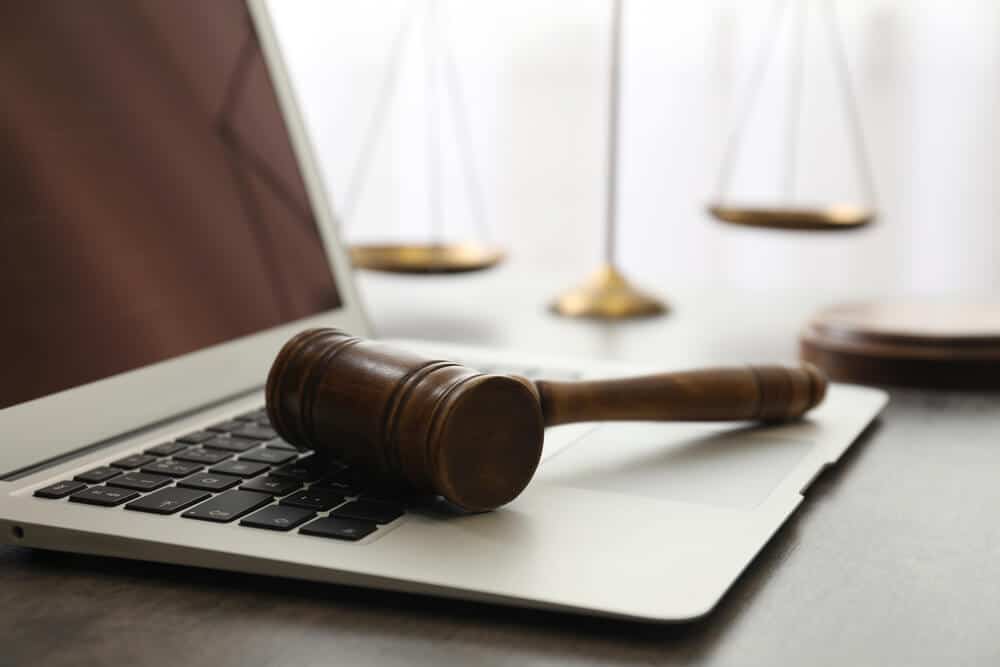We all know that today’s technology is invaluable, and with time, it will become even more so. This is true for all types of businesses, even law firms. The legal profession used to lag behind others in the adoption of new technology. Lawyers typically relied on “medieval” resources such as law books and paper documents. Get Your Free Instant Service Quote
We all know that today’s technology is invaluable, and with time, it will become even more so. This is true for all types of businesses, even law firms. The legal profession used to lag behind others in the adoption of new technology. Lawyers typically relied on “medieval” resources such as law books and paper documents. It has taken many years for lawyers to even use e-mail in their practices.
Why is this? It’s because the legal business is a highly regulated industry, and many lawyers fear malpractice suits or losing their licenses. However, things are changing. Lawyers are finally embracing new technology. Just like other businesses, they need to streamline their services and technology helps them do this. Today, they’re making use of modern, hi-tech devices and software, and even Artificial Intelligence.
Technology in The Office
The computerization of legal practices has encouraged lawyers, legal secretaries, paralegals, and other legal professionals to adopt the use of electronic spreadsheets, word processing, databases, telecommunications, legal research software, and presentation applications.
Electronic case organization has altered how legal documents are prepared. Firms now manage large case files by electronic means and use software to search, edit, track, archive and distribute documents.
Technology benefits all departments, from research and document development to accounting. Traditional paper invoices are slowly being replaced by electronic billing (“e-billing”). And now, its even being used for marketing and promotion with legal blogs and websites springing up in cyberspace.
Technology in the Courtroom
E-filing is the method of filing papers electronically with the court. Federal and state courts now post filings on online databases, allowing advocates to get court credentials remotely. A growing number of courtrooms are now set up with all the “bells and whistles” so they can use the latest technology. Built-in monitors and equipment facilitate presentations in the courtroom.
Legal Technology in Corporate Environments
Technology is similarly crucial in the legal departments of corporations. More companies are using technology to facilitate strategic advantages. Computer programs are used to track stock holdings for directors, file copyrights, and trademarks, track subsidiary data, prepare budgets, monitor outside counsel fees and create organizational charts.
Technology and Legal Professionals
Lawyers, paralegals, and legal officials use technology more now than ever, maintaining database applications focused on their practice area and using video discussion tools and other electronic devices to execute daily responsibilities.
While the law library isn’t dead, electronic legal research is now the most commonly used technique. Legal professionals access extensive collections of databases to complete their research, track information and verify case law. Lexis/Nexis and Westlaw continue to be among the most widely used legal research databases, while new software products are continually being developed and implemented.
Electronic-Discovery
In late 2006, the Civil Procedure’s Federal Rules were ratified and further fueled the requirement for tech-savvy legal experts. The latest Federal Rules require parties in a legal action to protect and produce documents that were present only in e-documents (“electronic form”) such as e-mails, graphics, voicemails, e-calendars, instant messages and records on handheld devices.
The need to evaluate and produce electronic information has prompted a new host of legal IT management tools. Record technology enables legal professionals to analyze, code, image, manage and review the enormous amounts of electronic proofs – a method known as “electronic database discovery.”
E-discovery and the rising use of electronic legal database tools have resulted in a new career – legal tech professionals who implement and manage these new technology tools.
BYOD and Cloud Solutions
Just like with other businesses, legal professionals now work remotely. They travel for court dates and can’t always work from the office. And when in remote locations, they need to stay connected to their clients, staff, and colleagues.
Bring Your Own Device policies are commonplace in law practices today, and many use solutions like Microsoft Office 365 that are powered in the Cloud to access documents and applications, and collaborate online securely from anywhere they have a computer and internet connection.
Artificial Intelligence (AI)
Lawyers use AI to handle the more laborious and time-intensive tasks so they can focus on higher-value work. Using AI makes it possible for them to concentrate on more important tasks and use their expertise and time for the benefit of clients.
AI also helps them deliver services to clients more quickly and affordably, all with without sacrificing the quality they demand. AI is highly reliable. It can identify key documents that staff members might miss. During the due diligence phase of a transaction, AI can locate contractual provisions with a high degree of accuracy.
Technology helps today’s lawyer carry out essential tasks, exercise professional judgment, engage with and represent clients, provide advice and settle key commercial dealings. Those who view technology as an opportunity — rather than a threat—will prosper, and more easily reap the rewards from their efforts. Those who don’t will fall behind the competition.




